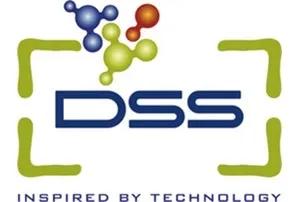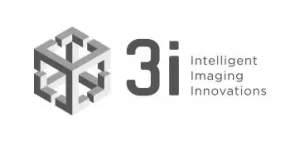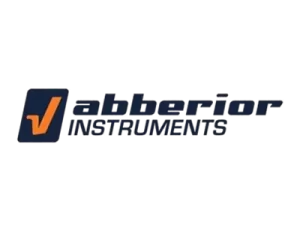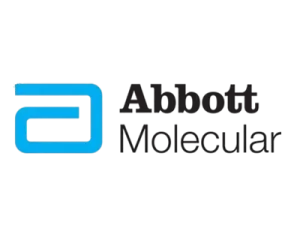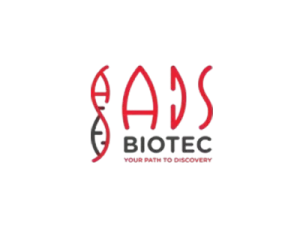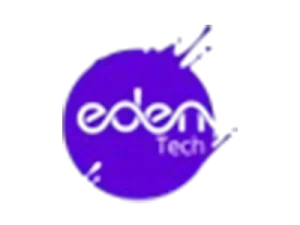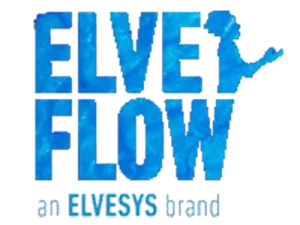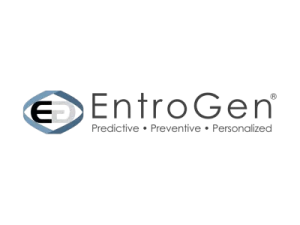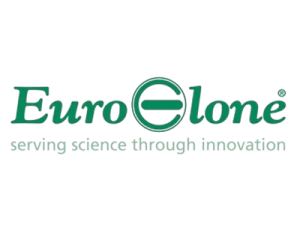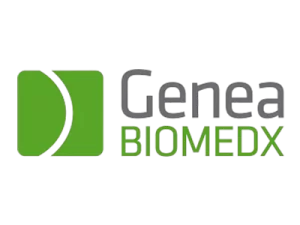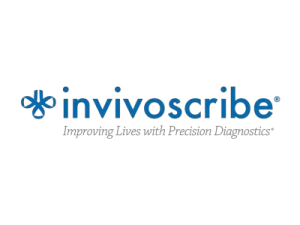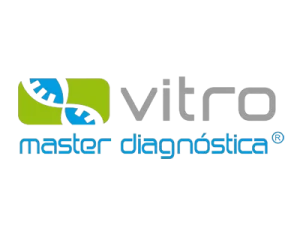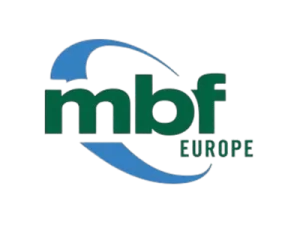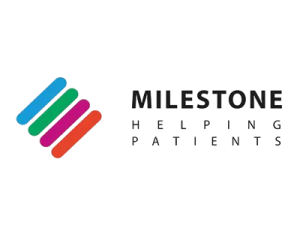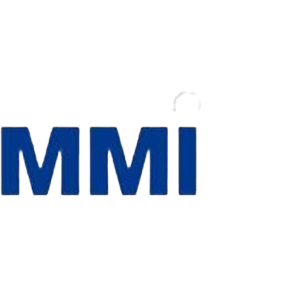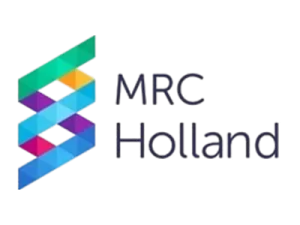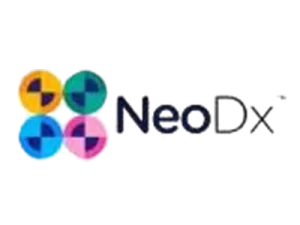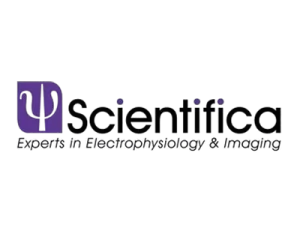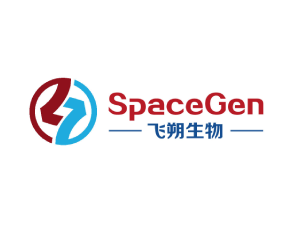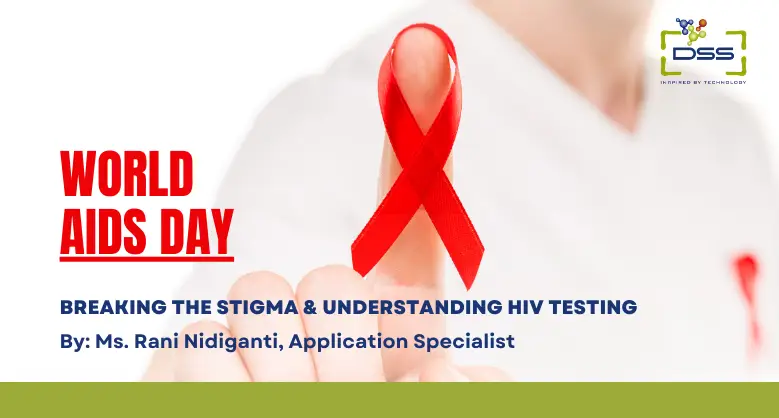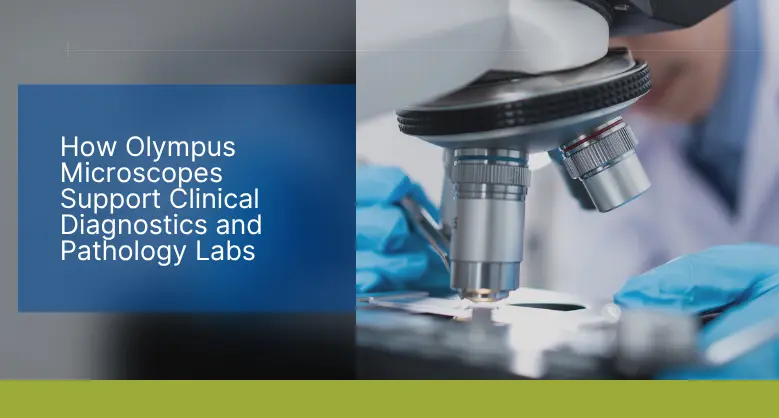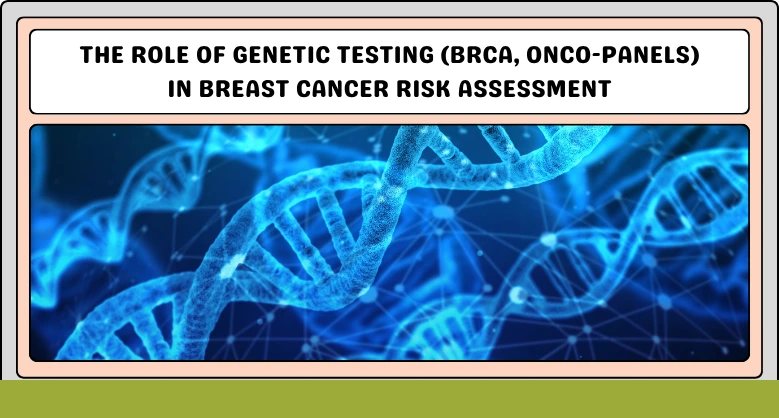DSS: Redefining Biotechnology & Life Science in India
- About Us
- Products & Services
PRODUCTS & SERVICES
-
Kits Reagents & Consumables
- Cytogenetics
- Dyes
- Fluorescence In Situ Hybridization (FISH)
- High-Performance Liquid Chromatography (HPLC)
- Histology
- Immuno Histo Chemistry (IHC)
- IVF Consumables
- Molecular Pathology & Diagnostics
- Multiplex Ligation-Dependent Probe Amplification (MLPA)
- Nucleic Acid Extraction
- PharmDx
- Real Time PCR
- Special Stains
- Instruments
- Software
- Accessories
- Advanced Material
-
Kits Reagents & Consumables
- Applications & Specialities
All Applications & Specialities
- Brands
- Contact Us
-

-
 0
0
- ☰
- About Us
- Products & Services
-
Kits Reagents & Consumables
- Cytogenetics
- Dyes
- Fluorescence In Situ Hybridization (FISH)
- High-Performance Liquid Chromatography (HPLC)
- Histology
- Immuno Histo Chemistry (IHC)
- IVF Consumables
- Molecular Pathology & Diagnostics
- Multiplex Ligation-Dependent Probe Amplification (MLPA)
- Nucleic Acid Extraction
- PharmDx
- Real Time PCR
- Special Stains
- Instruments
- Software
- Accessories
- Advanced Material
-
Kits Reagents & Consumables
- Applications & Specialities
- Brands
- Brand - Life Sciences
- 3i
- ABBERIOR INSTRUMENTS
- Abbott Molecular
- ADS Biotec
- APPLIED SPECTRAL IMAGING
- BioAir Tecnilabo
- DAKO (AGILENT)
- Eden Tech
- Elveflow
- ENTROGEN
- EUROCLONE
- EVIDENT
- Genea
- Hamamatsu Photonics
- Invivoscribe
- MASTER DIAGNOSTICA
- MBF BIOSCIENCE
- Medical Tek Co. Ltd
- MILESTONE MED SRL
- Molecular Machines & Industries
- MRC HOLLAND
- NeoDx
- Onward Assist
- Profound
- SCIENTIFICA
- SpaceGen
- Seqlo
- µCyte
- Brand - Industrial
- Brand - Life Sciences
- News & Events
- Career
- Contact Us
- Testimonial
- Blogs
- R&D
- CSR
- Press Release

Understanding Regulatory Compliance in Medical Device Development
BY DSS Imagetech Pvt Ltd 26th November 2024
Today’s healthcare system is far different from the traditional system used previously. There’s a strong involvement of technology in every aspect of it, especially due to the use of medical devices. A wide range of medical devices are used in today’s modern healthcare to diagnose and treat many diseases. For example, ultrasound and CT scans are the first steps in the diagnosis of severe diseases, because they produce high-quality images of internal organs and tissues. Similarly, pacemakers play an important role in replacing the pumping function of the heart, in patients with heart defects. The list is endless and is going to increase further with more technological developments in the future.
However, these medical devices cannot be introduced in the market just like that. The designers and manufacturers need to plan the devices carefully so that they comply with the strict regulatory guidelines. This blog discusses the key considerations required to keep in mind from a regulatory compliance viewpoint, especially useful for medical device development.
What is Regulatory Compliance
In simple words, regulatory compliance means adhering to the applicable laws, policies, and guidelines as laid out by the government and regulatory organizations, such as the FDA. There’s a huge variety in regulatory compliance because it varies from place to place since there is a different government.
As a corporation or business develops and expands, so do the rules it is exposed to, which sometimes become complicated owing to overlapping jurisdictions between numerous agencies. To achieve compliance, a business must develop appropriate procedures, rules, and processes.
More than any other industry, medical device makers must assure the quality of their goods since they deal with human safety. The accuracy and efficiency with which the gadgets operate might literally mean the difference between life and death.
ISO, the FDA, and other regulatory agencies have enacted rules, regulations, and standards for all medical device producers, distributors, and healthcare practitioners. Medical device compliance occurs when persons in the medical device sector adhere to these criteria to assure the quality, safety, and efficacy of medical equipment. A corporation is said to be in medical device compliance when it satisfies all of the standards at each stage of the process, which serves to protect patient well-being and public health.
Need for Regulatory Compliance in Medical Device Development
Regulatory compliance holds great importance in the field of medical device development. The following points help explain this better:
- Upholds trust and reputation: Compliance fosters trust between healthcare providers and patients, instilling confidence in the dependability and safety of medical technologies.
- Patient Protection: Medical device compliance ensures manufacturers prioritize patient safety during design and production. This helps to lower the chance of injury or bad outcomes.
- Regulatory clearance: Compliance with regulatory regulations is required to obtain clearance from regulatory bodies, which allows producers to sell their products lawfully.
- Legal Obligation: Failure to comply with regulations can result in legal penalties such as fines, recalls, and harm to a manufacturer’s image.
Key Regulatory Frameworks and Standards
The Center for Devices and Radiological Health (CDRH) of the FDA is in charge of policing companies that produce, import, repackage, and relabel medical devices that are sold in the country. It decides various regulatory frameworks and standards for various medical devices.
There are three classes for medical devices: I, II, and III. Class III regulations are more stringent than Class I regulations. The regulatory specifications for a generic device type are specified in the device categorization regulation. Premarket Notification 510(k) does not apply to the majority of Class I devices; it is required for the majority of Class II devices, and it is required for the majority of Class III devices to receive premarket approval. To ensure that patient health is always protected, the Medical Device Reporting program makes it mandatory for incidents where a device may have caused or contributed to a death or serious injury to be reported to the FDA. Any other related problems must also be reported in addition.
Common Challenges
Operating in a highly regulated market, medical device companies have an especially challenging time adhering to numerous laws and regulations in every aspect of their operation. In the future, it is anticipated that the volume and complexity of regulatory requirements will continue to soar as they have in previous years. It is quite challenging to comply with this extremely complex regulatory requirement, especially as disobedience may have serious consequences for expenses, business reputation, and, eventually, patient lives.
The environment around the medical device sector is complicated and prone to extreme fluctuations over a broad spectrum of roles, pursuits, and locations.
The supply chain mechanism is guaranteed to remain intact under ideal circumstances, producing high-quality items with little material waste. Still, the majority of businesses need help managing the supply chain’s complexity. The medical device industry is the same, with a number of challenges facing producers.
Lastly, the Internet of Things (IoT), digitalization, and artificial intelligence (AI) have changed how the sector operates. Technological advancements have improved integration and communication between patients and physicians, as well as self-monitoring and diagnosis. These advances necessitate security. Data is collected, stored, and shared by medical devices on several platforms. More and more of them rely on software that might experience technical issues and expose devices to security breaches. Medical equipment can be accessed and changed by hackers. These worries jeopardize patient safety and have a detrimental effect on product quality.
Role of Technology
Technology has the ability to increase the efficiency and accuracy of regulatory compliance in the healthcare business. Technology can help enhance regulatory compliance in healthcare by improving data gathering and reporting. Many regulatory obligations include the reporting of data, such as health records or financial information. Manually completing this process can be time-consuming and error-prone. However, automation technologies can gather, curate, and organize data from electronic health records (EHRs) and other databases, improving data collecting and reporting accuracy and efficiency.
Another advantage of technology is the capacity to identify and notify healthcare providers of potential compliance concerns. AI-powered solutions, for example, can scan data to find practice trends or anomalies that could point to a compliance concern. This can assist healthcare providers in recognizing and addressing possible concerns and trends before they develop into issues.
Future Scope
Recently, medical device companies have faced mounting pressures from multiple angles, including stricter regulatory demands, rapid technological progress, and intense pricing challenges. The unprecedented events brought about by the pandemic further highlight the need to modernize compliance efforts and enhance the value of partnerships within organizations and with external stakeholders. To thrive, the medical device industry must tackle these emerging challenges directly.
Traditionally, compliance efforts have focused on providing solutions, and services, and analyzing transactional data to understand past failures. Now, it’s the perfect time for the regulatory compliance function to shift from a retrospective approach to a forward-looking one, creating insights and employing strategies that drive business success.
Conclusion
Navigating the complex world of regulatory compliance in medical device development is a challenging but essential journey that ensures patient safety and well-being. Companies like DSS Image Tech play a crucial role in this landscape by offering advanced tools and technologies that streamline compliance processes. By leveraging cutting-edge solutions, retaining critical information, and fostering a dedicated compliance team, businesses can transform challenges into opportunities for growth and innovation. Compliance goes beyond merely following regulations; it involves building trust and delivering transformative solutions that improve lives. With the support of partners like DSS Image Tech, we can push the boundaries of what is possible in medical device development while maintaining an unwavering commitment to excellence.
Latest Articles
World AIDS Day: Breaking the Stigma and Understanding HIV Testing
BY DSS Imagetech Pvt Ltd December 1, 2025
Worlds AIDS Day 2025 focuses on the theme “Overcoming disruption, transforming the AIDS response.” Highlighting the need for a stronger, more resilient approach to end the epidemic. This theme acknowledges...
Read MoreHow Olympus Microscopes Support Clinical Diagnostics and Pathology Labs
BY DSS Imagetech Pvt Ltd November 26, 2025
In the world of modern medicine, the clinical diagnostics laboratory is the engine room of the healthcare system. It is a high-stakes, high-pressure environment that operates largely unseen by the...
Read MoreThe Role of Genetic Testing (BRCA, Onco-panels) in Breast Cancer...
BY DSS Imagetech Pvt Ltd November 18, 2025
Breast cancer is a complex and deeply personal diagnosis that will affect many women in their lifetime. For decades, our primary approach was reactive: focusing on awareness, monthly self exams,...
Read More
